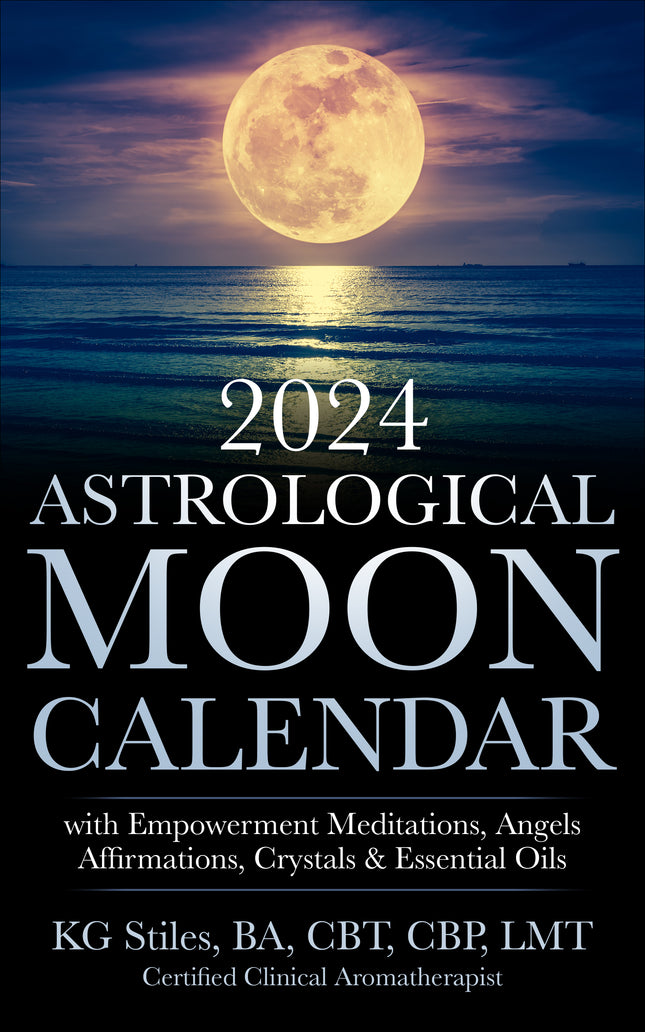 Essential oils are the concentrated volatile or ethereal oils extracted from a single botanical plant source. The part of the plant that yields the maximum amount of volatile oil is what’s used in the extraction process, i.e. flowers, leaves, stems, bark, seeds and roots of shrubs, bushes, herbs and trees.
Essential oils are the concentrated volatile or ethereal oils extracted from a single botanical plant source. The part of the plant that yields the maximum amount of volatile oil is what’s used in the extraction process, i.e. flowers, leaves, stems, bark, seeds and roots of shrubs, bushes, herbs and trees.
When the substance of scent is still in the plant, it is called an essence. After distillation from the plant part, the volatile aromatic compound is referred to as an essential oil.
These subtle, highly aromatic plant extracts are found in the specialized cells or glands of plants. Through millennia these plant excretions have evolved as protection for a plant from predators and to attract pollinators. Surprisingly aromatic compounds are not found in all plants. Why this is so remains a mystery.
Pure essential oils are most often extracted by steam distillation. Other methods of extraction include cold pressing and expression, and hydrodifussion. Resin tapping is the method used for extraction of scent from trees like Myrrh and Frankincense. After which the resin is steam distilled or hydrodiffused to produce an essential oil.
Aromatic oils are also obtained through hydrodistillation, dry distillation, solvent extraction to produce absolutes and concretes, carbon dioxide (CO2) extraction, and florasol extraction which is a type of gaseous solvent method of extraction.
Essential oils are used in manufacturing perfumes, cosmetics, soaps, pharmaceuticals, incense and household cleaning products, as well as to flavor food and drink.
Essential oils have a long history of use as medicinals. Their wide range of use includes treatments for beauty and skin care, cold and flu protection and treatment, as well as for natural remedies to treat a variety of health issues from respiratory conditions, to digestive complaints, weight loss, insomnia, and even cancer. Many of the reports are anecdotal in nature though more and more evidence based research is being done to corroborate their use and medical centers are incorporating essential oils as a part of an integrative health care system.
As the specific compounds and properties of essential oils are studied there is greater understanding about why certain essential oils have particular actions and effects as natural health remedies.
3 Classic Distillation Methods
The vast majority of ‘true’ essential oils are produced by distillation. There are different processes of distillation used. In all of them, water is heated to produce steam, which acts to carry the most volatile chemicals of the aromatic material. The steam is cooled in a condenser, and the resulting distillate is collected. The essential oil floats on top of the Hydrosol (the distilled waters collected through distillation) and may be separated off.
Steam distillation
Steam distillation can be compared to a kitchen steamer basket, with the botanicals supported in a "basket" over boiling water, exposing the plant material only to the rising steam vapors. This is the best method for distilling leafy materials, but doesn't work well for woods, roots, seeds, etc. Steam distillation uses an outside source of steam which channels the steam into the distillation unit, sometimes at high pressure. The steam passes through the aromatic material, and exits for collection into the condenser.
Cold Pressing
Citrus essential oils are released by cold pressing the skin of the fruit by machines which press the rind and capture the resulting oil. Citrus oils may also produced by steam distillation though they lack the vibrancy of cold pressed oils.
Hydrodiffusion
With this technique the steam is applied on top of the botanicals instead of up from beneath the plant material. Hydrodiffusion works by osmotic action of steam at low pressures. Condenser coils beneath the plant materials act to separate the oil and water in the usual way.
These are the three classic methods of distillation. Every essential oil source has its own best method for distillation.
Microwave Hydrodiffusion and Gravity, a relatively new technique for extraction of essential oils, takes less time to produce EOs and considered more environmentally friendly.
Other Methods of Distillation
Hydrodistillation
This is the most ancient distillation method in which the botanicals are fully submerged in water, producing a "soup", the steam of which contains the aromatic plant molecules. This is the most versatile, and the method most often used in third world countries. The risk is a that the still can run dry, or be overheated, burning the aromatics and resulting in an EO with a burnt smell. Hydrodistillation seems to work best for powders, i.e. spice powders, ground wood, etc. and very tough materials like roots, wood, or nuts.
Dry Distillation
Dry Distillation is carried out in the absence of air to form odorous compounds from non odorous raw materials and is used for tars like pine and juniper.
Absolutes and Concretes: Solvent Extraction
Very delicate aromatics like Jasmine, and Tuberose cannot survive the distillation process, so their intoxicating aromas are captured through a process of solvent extraction. An extracting unit is loaded with perforated trays of flower blossoms. The blossoms are washed repeatedly with a solvent, usually hexane. The solvent dissolves all extractable matter from the plant which includes non-aromatic waxes, pigments and highly volatile aromatic molecules. The solution containing both solvent and dissolvable plant material is filtered and the filtered plant material is then subjected to low pressure distillation to recover the solvent for further use. The remaining waxy mass is called the concrete which contains as much as 55% of the volatile oil.
The concentrated concretes are processed further to remove the waxy materials which dilute the pure essential oil. To prepare the absolute from the concrete, the waxy concrete is warmed and stirred with alcohol, usually ethanol. During the heating and stirring process the concrete breaks up into minute globules. Along with the aromatic molecules a certain amount of wax also becomes dissolved. Most of this wax is removed by agitating and freezing the solution at very low temperatures (around 30 degrees F). Finally the purified solution is cold filtered leaving only the wax-free material, the absolute.
This solvent extraction process yields three usable products; 1) the concrete, 2) the absolute, and 3) the floral waxes, for addition to candles, thickening creams and lotions, and as a softly floral scented alternative to beeswax.
Carbon Dioxide Extraction
When CO2 (carbon dioxide) is subjected to high pressure, the gas turns into a liquid. This liquid CO2 can be used as a very inert, safe, "liquid solvent" which will extract the aromatic molecules in a process similar to that used to extract absolutes. The advantage is that no solvent residue remains, since at normal pressure and temperature, the CO2 simply reverts to a gas and evaporates.
CO2 extraction has given us essences of some aromatics that don't yield essential oils like Rose Hip Seed, and Calendula. The CO2 extraction has a richer, more intense, full bodied aroma, since more of the plant aromatic chemicals are released through the process, and may have tiny bits of plant botanical in the oil.
Florasols/Phytols
This extraction method uses a new type of benign gaseous solvent called a 'florasol.' In the late 1980s Dr. Peter Wilde first recognized the unique properties of these solvents for the extraction of aromatic oils and biologically active components from plant materials, for use in the food, pharmaceutical, aromatherapy and perfume industries. "Florasol" is the solvent upon which the process is based.
Extraction occurs at or below ambient temperatures, thus there is no thermal (heat) degradation of the final product. This extraction process utilizes the selectivity of the solvent and produces a free flowing clear oil free of waxes.








Leave a comment